Fed governor's exit could accelerate Trump's selection of next chair to succeed Powell
Published in Political News
President Donald Trump suddenly has a chance to fill an opening at the Federal Reserve earlier than expected, after Fed Governor Adriana Kugler announced her resignation Friday.
It may also force him to pick the next Fed chair months sooner than he’d anticipated.
“The ball is now in Trump’s court,” said Derek Tang, an economist at LH Meyer/Monetary Policy Analytics, Inc. “Trump is the one who’s been putting pressure on the Fed to do this and that, and Trump says he wants to have his own people on. So now he has the opportunity.”
Kugler’s exit unfolds amid unprecedented public pressure from the White House on the central bank over monetary policy, with Trump regularly launching personal insults at Jerome Powell, the current chair, on social media. On Thursday, he called the Fed chief “TOO ANGRY, TOO STUPID, & TOO POLITICAL” for refusing once again — along with several other policymakers — to lower interest rates.
Kugler’s resignation creates an immediate opportunity for Trump to install an official at the Fed who can push for those lower rates, rather than having to wait until January when her term was due to expire to appoint a replacement.
Yet one more vote in Trump’s favor doesn’t come close to ensuring a rate cut. This week the Federal Open Market Committee — the rate-setting panel that’s comprised of seven governors and five of the regional reserve bank presidents — voted 9-2 to leave rates unchanged. The two dissenting votes — the first such dissent since 1993 — came from a pair of officials appointed by Trump during his first term in office.
Arguably more important than a solitary vote, however, is that Kugler’s announcement may affect Trump’s timetable to choose the next central bank chair.
That’s because, if he wants to pick an outsider to join the board — like National Economic Council Director Kevin Hassett or former Fed Governor Kevin Warsh — he may not get another chance soon.
Powell’s term as chair ends in May, but his underlying post as a governor extends into 2028. While it’s typical that outgoing chairs also resign from the board, Powell has so far declined to reveal his plans. If he doesn’t depart altogether, Trump won’t get another opening on the board to fill before 2028.
Under that scenario, the president may be forced to fill the Kugler opening with the person he intends to promote next May. If he’s anxious to add a new loyalist to the board as soon as possible, he’ll have to decide soon who that chair will be.
“The key implication is that this is the one vacancy that President Trump has to work with,” said Tobin Marcus, head of U.S. policy and politics at Wolfe Research. “So if he wants the next chair to come from outside the current Fed board of governors, we’ll see who that person is sooner rather than later.”
No guarantee
To others, the opening doesn’t guarantee a quick move.
“If Trump knows who he wants to nominate as chair of the board, there’s no reason not to act now,” said Adam Posen, president of the Peterson Institute for International Economics in Washington. “But it’s not an action-forcing event. The board has functioned with fewer than seven members before, and the administration doesn’t seem to mind under-staffing essential positions.”
There’s been no indication Trump has made up his mind on the job. Hassett, Warsh, Treasury Secretary Scott Bessent, and current Fed Governor Christopher Waller are all said to be contenders.
Whenever he makes a choice, that nominee will also require confirmation by the Senate, a process that can take months before they’re installed on the board.
“Even with this Republican Senate, it takes a bit of time to get somebody through the mill,” said David Wessel, director of the Hutchins Center on Fiscal and Monetary Policy at the Brookings Institution in Washington. “So it could drag out.”
FOMC vote
Even after Trump installs a new chair, a successor to Powell won’t guarantee any immediate change in policy at the Fed. Rates can only be adjusted by a majority vote of the FOMC.
Chairs are traditionally given substantial deference by FOMC members in their pleas for consensus when opinions on the committee divide, but that consensus will be difficult to achieve if the new chair can’t muster a convincing economic argument for cutting rates.
Departing the White House Friday afternoon, Trump said he was “very happy” to have an open spot to fill at the central bank. He also told reporters that Kugler was stepping down because “she disagreed with ‘Too Late’ on the interest rate,” using his derogatory nickname for Powell.
That claim doesn’t align with Kugler’s publicly stated policy views. In her most recent policy speech, on July 17, Kugler said that with goods inflation rising and the labor market stable the Fed should continue holding rates steady “for some time.”
———
(With assistance from Jonnelle Marte and Maria Eloisa Capurro.)
©2025 Bloomberg L.P. Visit bloomberg.com. Distributed by Tribune Content Agency, LLC.
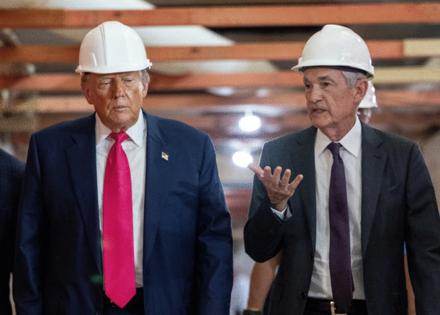







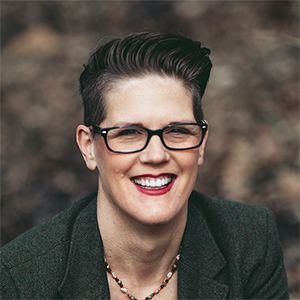





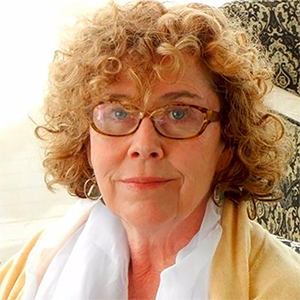






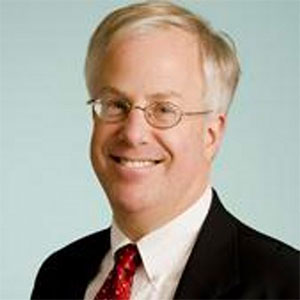




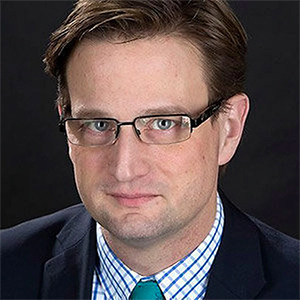









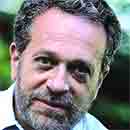




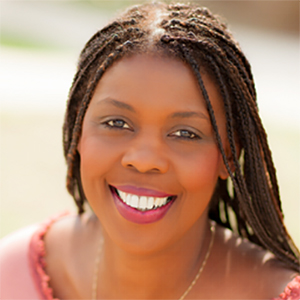




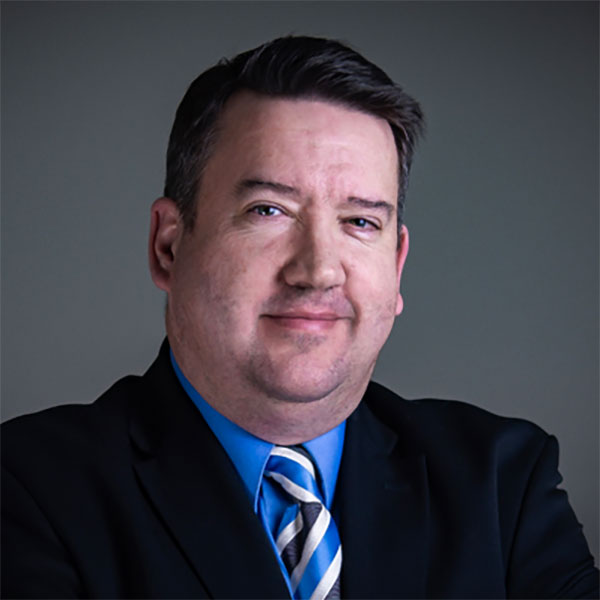




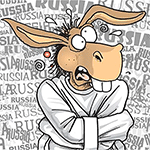
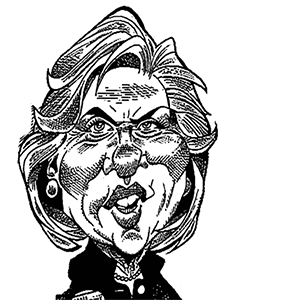
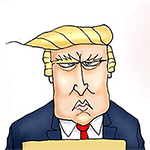

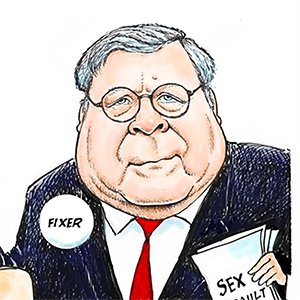
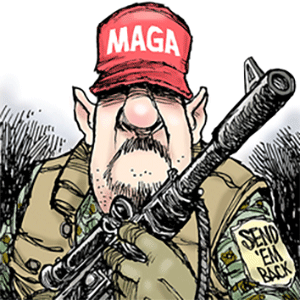
Comments